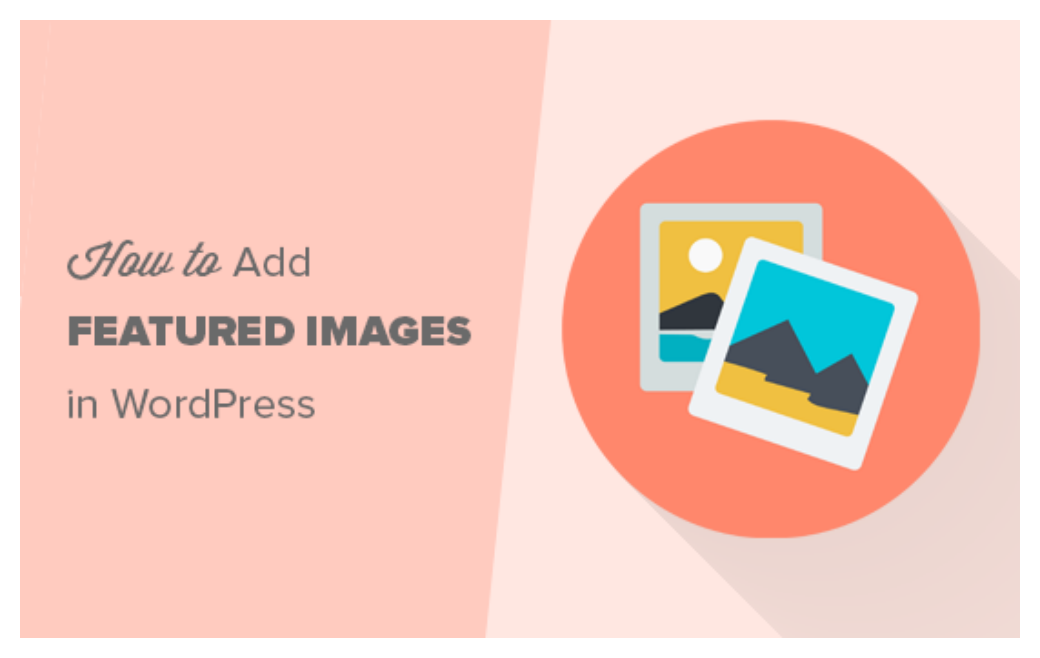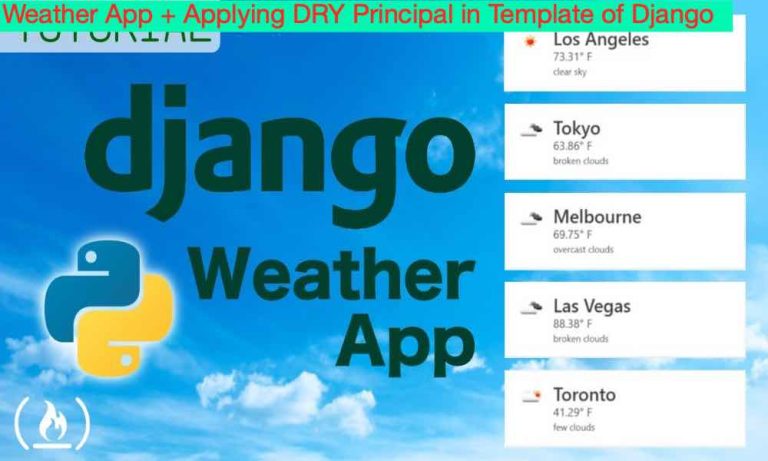Add/Upload WordPress Feature image by Python
To add or upload a featured image to a WordPress post using Python, you will need to use the WordPress XML-RPC API. You can use a library such as python-wordpress-xmlrpc to interact with the API.
Here’s an example of how you could use the library to upload a featured image to a WordPress post:
from wordpress_xmlrpc import Client, WordPressPost
from wordpress_xmlrpc.methods.media import UploadFile
# Connect to WordPress
wp = Client('http://yourwebsite.com/xmlrpc.php', 'username', 'password')
# Prepare the image file for upload
with open('image.jpg', 'rb') as img:
data = {
'name': 'image.jpg',
'type': 'image/jpeg',
'bits': img.read(),
}
# Upload the image
response = wp.call(UploadFile(data))
# Get the ID of the uploaded image
image_id = response['id']
# Create a new post
post = WordPressPost()
post.title = 'My New Post'
post.content = 'This is the content of my new post'
post.thumbnail = image_id
post.post_status = 'publish'
# Publish the post
wp.call(NewPost(post))
This is an example of how you can add/upload a featured image by Python. You can customize it according to your requirement.
Best method
To add or upload a featured image to a WordPress post using Python and an authentication token in the header, you will need to use the WordPress REST API. You can use a library such as requests to interact with the API.
Here’s an example of how you could use the requests library to upload a featured image to a WordPress post:
import requests
import json
# Set the endpoint for the REST API
endpoint = 'http://yourwebsite.com/wp-json/wp/v2/media'
# Prepare the image file for upload
image = open('image.jpg', 'rb')
# Set the headers for the request
headers = {
'Authorization': 'Bearer YOUR_TOKEN_HERE',
'Content-Disposition': 'attachment; filename=image.jpg',
'Content-Type': 'image/jpeg'
}
# Send the request to upload the image
response = requests.post(endpoint, headers=headers, data=image)
# Get the ID of the uploaded image
image_id = response.json()['id']
# Create a new post
data = {
'title': 'My New Post',
'content': 'This is the content of my new post',
'featured_media': image_id,
'status': 'publish'
}
# Set the headers for the request
headers = {
'Authorization': 'Bearer YOUR_TOKEN_HERE',
'Content-Type': 'application/json'
}
# Send the request to create the post
response = requests.post('http://yourwebsite.com/wp-json/wp/v2/posts', headers=headers, json=data)
This is an example of how you can add/upload a featured image by Python using an authentication token in the header. You will need to replace “YOUR_TOKEN_HERE” with your authentication token and also update the endpoint to match your website.
You should also note that this example assumes that you have the necessary permissions and that the WordPress REST API is active on your website.
Add/Upload WordPress Feature image by Python
import requests
from urllib.parse import urljoin
import os
import json
import pandas as pd
import csv
from csv import writer
from PIL import Image
import base64
import cloudscraper
scraper = cloudscraper.create_scraper()
# wp app user & pass code--------------------
website_name = "piphones.net"
Username = "Asrafulporag"
App_pass = "wc2s 2Lig X48X 0uv8 Kb7L 0Jr5a"
# WordPress posting code---------------------
json_url = 'https://'+website_name + '/wp-json/wp/v2'
token = base64.standard_b64encode((Username + ':' + App_pass).encode('utf-8')) # we have to encode the usr and pw
headers = {'Authorization': 'Basic ' + token.decode('utf-8')}
# keyword = input("Enter your keyword: ")
keyword = 'শ আ'
# Uploading Img for post body image ---------
media = {'file': open(keyword + '.jpg', 'rb')}
# media = {'file': open('img/' + keyword + '.jpg', 'rb')}
image = scraper.post(json_url + '/media', headers=headers, files=media)
post_id = str(json.loads(image.content.decode('utf-8'))['id'])
source = json.loads(image.content.decode('utf-8'))['guid']['rendered']
image_title = keyword.replace('-', ' ').split('.')[0]
image1 = '<!-- wp:image {"align":"center","id":' + post_id + ',"sizeSlug":"full","linkDestination":"none"} -->'
image2 = '<div class="wp-block-image"><figure class="aligncenter size-full"><img src="' + source + '" alt="' + image_title + '" title="' + image_title + '" class="wp-image-' + post_id + '"/></figure></div>'
image3 = '<!-- /wp:image -->'
image_wp = image1 + image2 + image3
# Feature image------------------------------
feature_image = image_wp
imgurl_raw = feature_image.split('id":')[1]
img_id = imgurl_raw.split(',')[0]
# It will go under a Loop while keyword reading
title = 'keyword'
slug_keywords = 'keyword'.replace(' ', '-')
post_body = 'post_body'
# category_id = create_category('keyword')
# tag_id = create_tag('keyword')
status = "draft" # publish # draft
post = {'title': title,
'slug': slug_keywords,
'status': status,
'content': post_body,
# 'categories': [category_id],
# 'tags': [tag_id],
'format': 'standard',
'featured_media': int(img_id),
}
# Posting Request---------------------------
r = scraper.post(json_url + '/posts', headers=headers, json=post)
if r.status_code == 201:
print('https://' + website_name + '/' + keyword.replace(' ', '-') + ' Has Been Posted')
else:
print(r.status_code,'error')
x
import os
import json
import base64
import cloudscraper
scraper = cloudscraper.create_scraper()
website_name = "piphones.net"
Username = "Asrafulporag"
App_pass = "wc2s 2Lig X48X 0uv8 Kb7L 0Jr5a"
category = "Your Category Name"
tags = "Tag Name"
status = "draft" # publish
# WordPress posting code-----------------
json_url = 'https://'+website_name + '/wp-json/wp/v2'
token = base64.standard_b64encode((Username + ':' + App_pass).encode('utf-8')) # we have to encode the usr and pw
headers = {'Authorization': 'Basic ' + token.decode('utf-8')}
# keyword = input("Enter your keyword: ")
keyword = 'image'
# Uploading Img for post body image
def image_operation(keyword):
try:
media = {'file': open('img/' + keyword + '.jpg', 'rb')}
image = scraper.post(json_url + '/media', headers=headers, files=media)
image_title = keyword.replace('-', ' ').split('.')[0]
post_id = str(json.loads(image.content.decode('utf-8'))['id'])
source = json.loads(image.content.decode('utf-8'))['guid']['rendered']
image1 = '<!-- wp:image {"align":"center","id":' + post_id + ',"sizeSlug":"full","linkDestination":"none"} -->'
image2 = '<div class="wp-block-image"><figure class="aligncenter size-full"><img src="' + source + '" alt="' + image_title + '" title="' + image_title + '" class="wp-image-' + post_id + '"/></figure></div>'
image3 = '<!-- /wp:image -->'
image_wp = image1 + image2 + image3
return image_wp
except:
return ''
# Creating Tag
def create_tag(tag_name):
id = 0
data = {"name":tag_name}
try:
tag = scraper.post(json_url + '/tags', headers=headers, json=data)
id = str(json.loads(tag.content.decode('utf-8'))['id'])
except KeyError:
tag = scraper.get(json_url + '/tags', headers=headers)
tag_id = json.loads(tag.content.decode('utf-8'))
for tag in tag_id:
if tag_name.lower() in tag['name'].lower():
id = str(tag['id'])
return id
# Creating Category
def create_category(cat_name):
id = 0
data = {"name":cat_name}
try:
cat = scraper.post(json_url + '/categories', headers=headers, json=data)
id = str(json.loads(cat.content.decode('utf-8'))['id'])
except KeyError:
cat = scraper.get(json_url + '/categories', headers=headers)
cat_id = json.loads(cat.content.decode('utf-8'))
for cat in cat_id:
if cat_name.lower() in cat['name'].lower():
id = str(cat['id'])
return id
# Feature image
def feature_image(keyword):
try:
feature_image = image_operation(keyword)
imgurl_raw = feature_image.split('id":')[1]
img_id = imgurl_raw.split(',')[0]
return int(img_id)
except:
return 0
# It will go under a Loop while keyword reading
title = 'keyword'
keyword = 'keyword'.replace(' ', '-')
post_body = 'post_body'
category_id = create_category('keyword')
tag_id = create_tag('keyword')
img_id = feature_image('keyword')
post = {'title': title,
'slug': keyword,
'status': status,
'content': post_body,
'categories': [category_id],
'tags': [tag_id],
'format': 'standard',
'featured_media': int(img_id),
}
# Posting Request
r = scraper.post(json_url + '/posts', headers=headers, json=post)
if r.status_code == 201:
print('https://' + website_name + '/' + keyword.replace(' ', '-') + ' Has Been Posted')
else:
print(r.status_code,'error')
c
import requests
from urllib.parse import urljoin
import os
import json
import pandas as pd
import csv
from csv import writer
from PIL import Image
def list_to_row(filename, list_elements):
with open(filename, 'a+', newline='', encoding='utf-8') as write_obj:
csv_writer = writer(write_obj)
csv_writer.writerow(list_elements)
url_base = 'https://vehiclebd.com/'
url = urljoin(url_base, 'wp-json/wp/v2/media/')
user = 'Asrafulporag'
password = '9qqX ILHq NJKL 9q1S pp3h GZtsa'
# data = pd.read_csv("source/content.csv")
# filename = data["Title"].replace(" ","-")
f = open(r'001 humayun All1.csv', 'r', encoding='utf-8')
reader = csv.reader(f)
datas ={}
i=1
for columns in reader:
datas[i] = { 'image_urls': columns[4], }
i = i+1
f.close()
selected_post = input('Enter Number rang (1-11): ')
numbers = selected_post.split('-')
num1, num2 = int(numbers[0]), int(numbers[1])
for number in list(range(num1, num2)):
single = datas[number]
urli = single['image_urls']
# url = 'https://m.media-amazon.com/images/I/71FEJtVJQKS._AC_SL1500_.jpg'
filename = urli.split('/')[-1]\
# .replace("jpeg", "jpg")
f = open(f"Images copy/{filename}", "rb")
image_data = f.read()
f.close()
# f = open("class-twoqaq.png", 'rb')
# image_data = f.read()
# f.close()
# image_name = row["Spanish Title"].lower().replace(" ", "-")
# filename = url.split('/')[-1]
# filename = 'class-twoqaq.png'
# print(filename)
headers = {
'Content-Type': 'image/png',
'Content-Disposition': 'attachment; filename=' + filename,
}
res = requests.post(
url,
data=image_data,
headers=headers,
auth=(user, password),
)
res_dict = res.json()
# print(json.dumps(res_dict, indent=4))
unique_id = res_dict['id']
fileofurl = res_dict['source_url']
generated_slug = res_dict['generated_slug']
print(unique_id)
print(fileofurl)
print(generated_slug)
final_list = [fileofurl,
unique_id,
generated_slug,
]
list_to_row('00 All final unique ids.csv', final_list)





